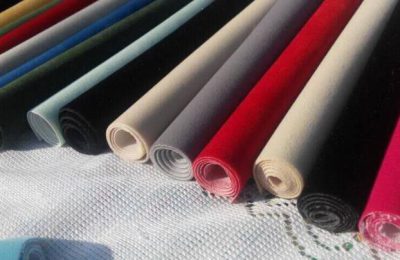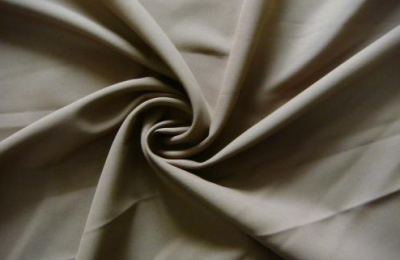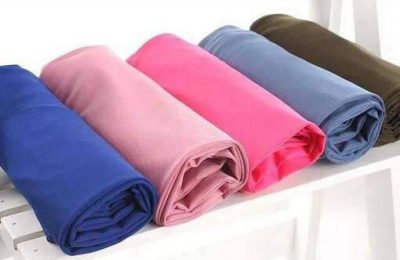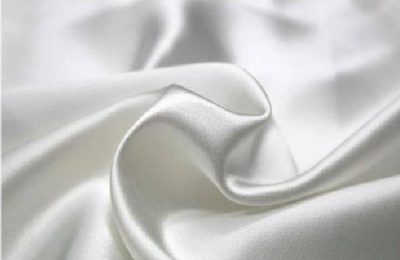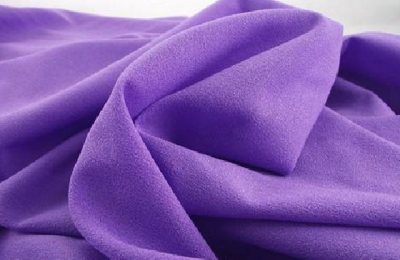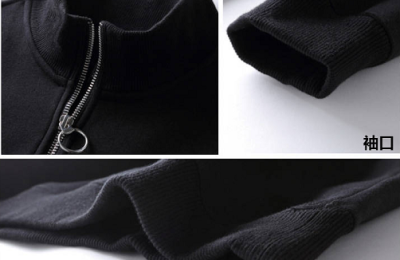Spun silk cloth is a material commonly used by painters for painting (oil painting). Of course, in addition to silk cloth, there are also photo cloths and polycloths that have the same origin. Today, I will introduce science to you about silk cloth. Fabrics, including the raw materials for the production of silk cloth and the advantages and disadvantages of silk cloth.
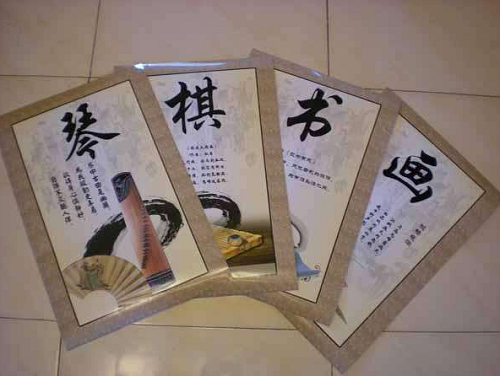
The raw materials for making silk cloth are generally chemical fibers, the most common ones are polyester, nylon, etc., and some are made of their blends. What are the uses of silk cloth? It is also extremely versatile and can be used for interior decoration paintings, wedding photography, and light box advertising. Because the production cost is low, the price of all fabrics is also low.
Advantages and disadvantages of spun silk cloth:
Spun silk cloth is soft and delicate, has excellent ink absorption ability, and is suitable for drawing Chinese-style pictures. The cloth surface is coated with a layer of waterproof coating. The fabric is waterproof and resistant to twisting and has high image resolution. It has a good drape feeling after painting, and it is very ornamental when hung on the wall. The disadvantage is that the price will be higher than photo cloth and polycloth with the same use.
The price of silk cloth: The wholesale price of silk cloth ranges from eighty-nine yuan to more than twenty yuan per square meter, depending on the quality of the fabric. Friends who like painting can go online. Buying it is generally cheaper than in a physical store.
The above is the information related to silk fabrics compiled for you. Friends who want to know more about fabrics can continue to follow us. The mall (www.tradetextile.com) also provides cotton, linen, silk, wool, chemical fibers, etc. A variety of fabrics are for sale. Friends who want to buy fabrics can go to the mall to check the specific prices of fabrics.



